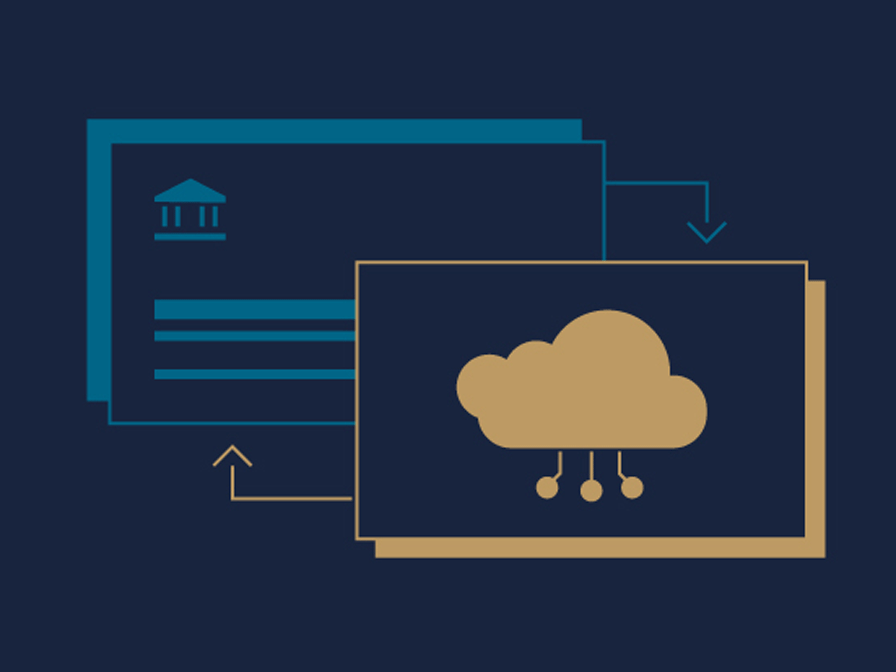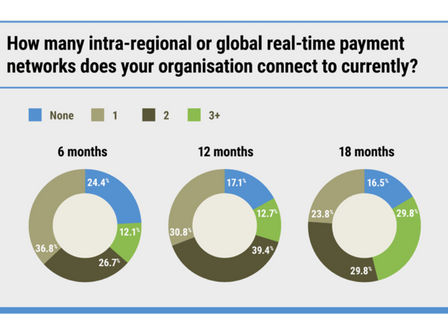
The financial industry is evolving rapidly, and Payments as a Service (PaaS) has emerged as a key solution for modernizing payments infrastructure. It enhances agility, reduces costs, and improves compliance—critical in a landscape demanding real-time transactions and constant regulatory adaptation. Financial institutions that fail to modernize risk inefficiency and poor customer experience.
A recent webinar with Deepak Gupta (Volante), Bella Hassan (Azqore SA), and James Wester (Javelin Strategy & Research) explored PaaS’s impact on banking’s future.
The key benefits of Payments as a Service
PaaS is more than just a technological upgrade; it offers tangible benefits that directly impact a bank’s bottom line and operational efficiency—including scalability. Where traditional systems require significant investments to handle peak transaction volumes, PaaS solutions provide on-demand scalability, allowing banks to expand or reduce processing capacity as needed. This flexibility is especially crucial during high-transaction periods, such as Black Friday or tax season, where traditional infrastructure would struggle to keep up.
Cost efficiency is another critical advantage, enabling banks to shift from capital expenditure (CapEx) to operational expenditure (OpEx) and avoid high upfront costs. This pay-as-you-go mode makes financial planning more predictable by lowering costs and reducing IT complexity as vendors manage system updates, compliance changes, and infrastructure maintenance.
Additionally, PaaS significantly improves operational resilience. Traditional on-premise systems require disaster recovery (DR) solutions, which can take hours or even days to activate during a system failure. With cloud-native PaaS solutions, banks benefit from active-active architectures that ensure continuous availability across multiple locations, minimizing downtime and enhancing security against cyber threats.
How PaaS addresses legacy challenges
One of the major hurdles financial institutions face is the reliance on outdated, monolithic payments infrastructure. Many banks still operate on systems built decades ago, often running on IBM mainframes or homegrown applications. These legacy platforms create significant barriers to innovation, compliance updates, and efficiency improvements.
For example, some banks experience manual processing bottlenecks, where payments, such as wire transfers, take over a day to process due to outdated workflows and a lack of automation. Straight-through processing (STP) rates in legacy systems are significantly lower, requiring manual intervention to correct errors or comply with regulations.
PaaS addresses these issues by offering modular, API-driven architectures that allow banks to integrate new payment rails, automate reconciliation processes, and reduce reliance on manual operations. As James Wester noted, banks no longer need to be technology companies; instead, they can focus on customer service and revenue-generating activities while outsourcing payments infrastructure to specialized providers.
Accelerating innovation with PaaS
Financial institutions are adopting PaaS to speed up innovation. Traditionally, launching new payment rails like Real-Time Payments (RTP) or FedNow took years of development. With PaaS, banks can introduce new payment types in months using pre-integrated, ISO 20022-compliant solutions.
For example, banks that launched RTP without Request for Payment (RFP) later saw demand for the feature. With PaaS, they enabled RFP quickly—without a complex, multi-year process. This agility helps banks meet customer expectations and regulatory changes faster.
AI and machine learning (ML) further enhance PaaS by improving fraud detection, automating reconciliation, and optimizing payment routing. As payments evolve, banks leveraging PaaS will be best positioned to adapt and compete.
The build vs. buy debate: why banks are choosing off-the-shelf PaaS solutions
Banks once built custom payments platforms, viewing them as strategic differentiators. Today, off-the-shelf PaaS solutions offer greater flexibility, compliance, and cost efficiency.
A key driver is configurability—modern PaaS platforms let banks customize workflows without extensive development, making it easier to add payment rails, integrate fraud prevention, and meet regulations.
PaaS also eliminates the burden of legacy system maintenance, reducing the need for large IT teams to manage updates and security. This allows banks to redirect resources toward innovation, such as developing new financial products and improving customer experiences.
Looking ahead: the future of PaaS and payments modernization
As finance evolves, PaaS will drive new revenue streams and financial inclusion. Seamless integration of RTP, FedNow, SWIFT, ACH, and cross-border payments on a single platform will transform global transactions and liquidity management.
AI-powered analytics will enhance fraud detection, risk management, and payment optimization, which is crucial as fraudsters grow more sophisticated and regulations tighten.
For banks, modernizing payments infrastructure is no longer optional. Those adopting cloud-native PaaS will gain a competitive edge in speed, efficiency, and innovation, while those resisting change risk falling behind in an increasingly digital world.
Learn more about the evolution of PaaS by streaming the webinar on-demand.







